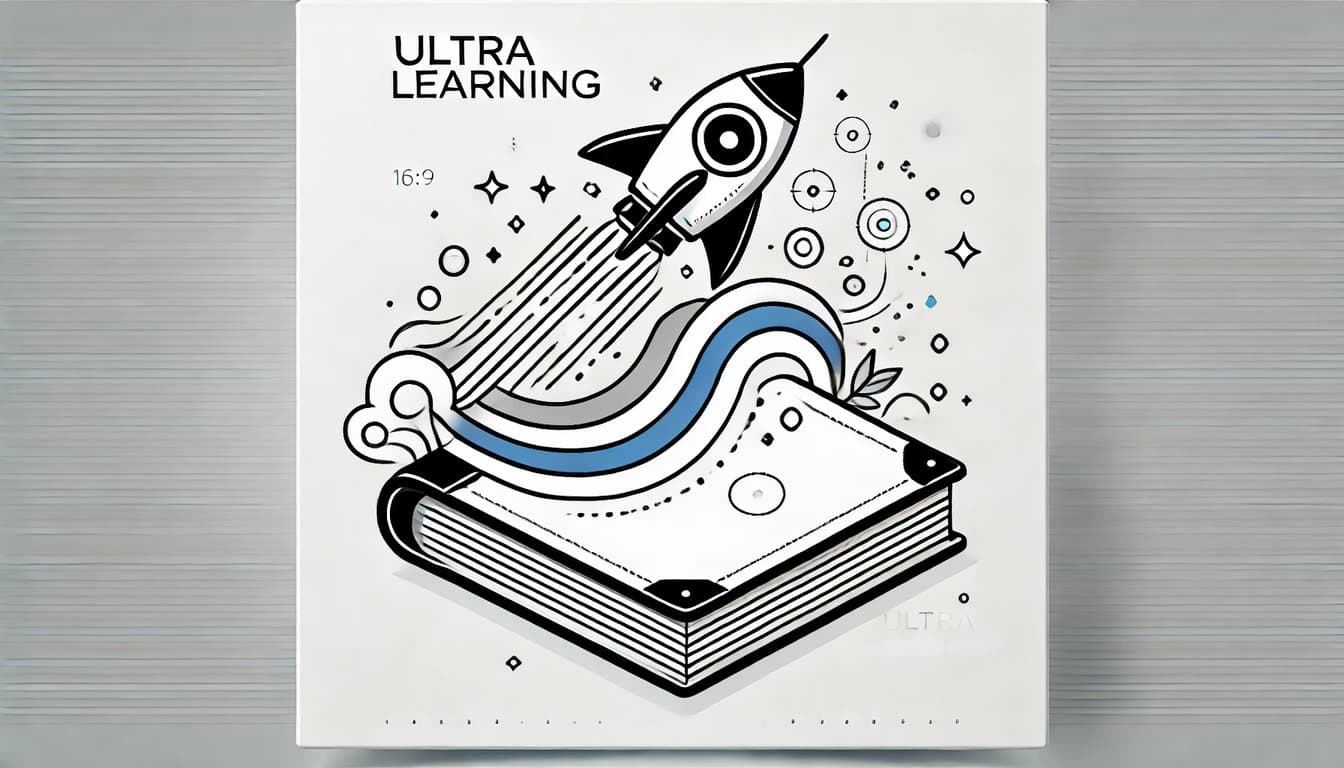
We live in an age where information is everywhere, and it’s tempting to tackle one topic at a time until we feel we’ve mastered it. Traditionally, that might mean doing all your algebra homework before touching geometry, or practicing only your tennis serve before moving on to your volley. While this “blocked” approach feels comfortable, research in cognitive psychology points to a more effective strategy: interleaving.
What Is Interleaving?
Interleaving means mixing different topics or skills within a single session rather than grouping them by type. Let’s say you’re studying math. Instead of doing a full hour of algebra followed by an hour of geometry, you’d alternate between a few algebra problems and a geometry question, then maybe throw in a trig problem. This pattern forces your brain to pick the right approach from a variety of possibilities, rather than falling into a routine. Over time, this makes learning stickier. Your brain ends up storing information in a richer, more connected way, so you can retrieve it easily when you need it later.
Why It Works
The secret sauce of interleaving is the element of “desirable difficulty.” It might feel harder to learn this way because you can’t just rely on repetition or muscle memory in the moment. Instead, you’re always reaching back into your memory to find the right formula or approach. This effortful recall actually strengthens the neural connections that help you remember and apply information later.
By mixing up related tasks, your brain also gets better at seeing how each piece fits into the bigger picture. This richer context helps you understand where knowledge belongs and why it matters, making it less likely to slip away over time.
Interleaving in Sports
Interleaving isn’t just for classrooms. Athletes have been using it—sometimes without even realizing it. Picture a basketball player who practices by shooting 50 free throws in a row, then 50 three-pointers, then 50 layups. That’s a blocked approach. It might boost performance during that session, but it may not translate as well to a real game, where you never know which shot you’ll need next.
If instead, the player mixes up shot types—doing a few free throws, then a three-pointer, then a layup, and cycling through them—her brain gets used to quickly shifting gears. That makes it easier to adjust in a high-pressure game where one second you’re driving to the basket, and the next you need to sink a long-range shot. Interleaving prepares you for those quick, on-the-fly adjustments.
Interleaving in the Classroom
In school, many students block their study sessions: Monday for chemistry, Tuesday for biology, and so on. But what if you spent an afternoon switching between chemistry, biology, and physics questions in a single stretch? It might feel tougher at first, but that struggle is what helps you remember more later and get better at dealing with unfamiliar exam questions. Instead of feeling thrown off when a test jumps from topic to topic, you’ve already trained your brain to handle these shifts.
Interleaving vs. Context Switching
It’s important to distinguish interleaving from the kind of context switching that happens when you jump between totally unrelated tasks—like writing a report, then responding to emails, then editing a video. That’s more about multitasking and usually leads to inefficiency and mental fatigue, because each task requires a separate setup in your mind.
Interleaving, on the other hand, focuses on varying tasks within the same broader goal—like different types of math problems or different tennis shots. You’re not switching between completely different skill sets; you’re still operating within one domain, just exploring it from multiple angles. This encourages your brain to make meaningful connections, rather than scattering its focus.
When Not to Interleave
Interleaving isn’t perfect for every situation. If you’re brand new to a subject and have no basic understanding, it might help to focus on one concept at first. Build that initial foundation, then start mixing things up. Also, interleaving works best with related topics. If you jump randomly between tasks that have nothing to do with each other, it’s closer to unproductive context switching than beneficial interleaving.
Practical Tips for Interleaving
1. Alternate Related Topics: Instead of dedicating an entire hour to one subject, divide it into segments and rotate between topics.
2. Vary Problem Types: In math, jump between calculation problems, word problems, and conceptual questions. In language study, mix reading, writing, and speaking exercises.
3. Shorter, More Frequent Sessions: Try shorter bursts of study on each subject or problem type before moving on, coming back to each multiple times in one session.
4. Monitor Your Progress: Interleaving might feel more challenging, but keep track of your performance over time. You’ll likely find that while immediate results might not appear to skyrocket, long-term retention and adaptability significantly improve.
A Stronger Memory and Better Performance
By challenging your brain to choose the right tool from a varied toolbox, interleaving ultimately makes you more adaptable. Rather than knowing how to solve just one type of problem on autopilot, you become skilled at recognizing which approach works best in each new situation. The mental effort required to keep switching builds a flexible, layered understanding, leading to better long-term retention and confidence.
Whether you’re a student aiming to retain more material, an athlete striving for agility under pressure, or a professional hoping to improve problem-solving abilities, interleaving can be a game-changer. The approach may feel more demanding at first, but like any good workout, it pays off with stronger, more resilient performance down the road. Instead of coasting through easy blocks, challenge yourself to mix things up. Your brain—and your future self—will thank you.


